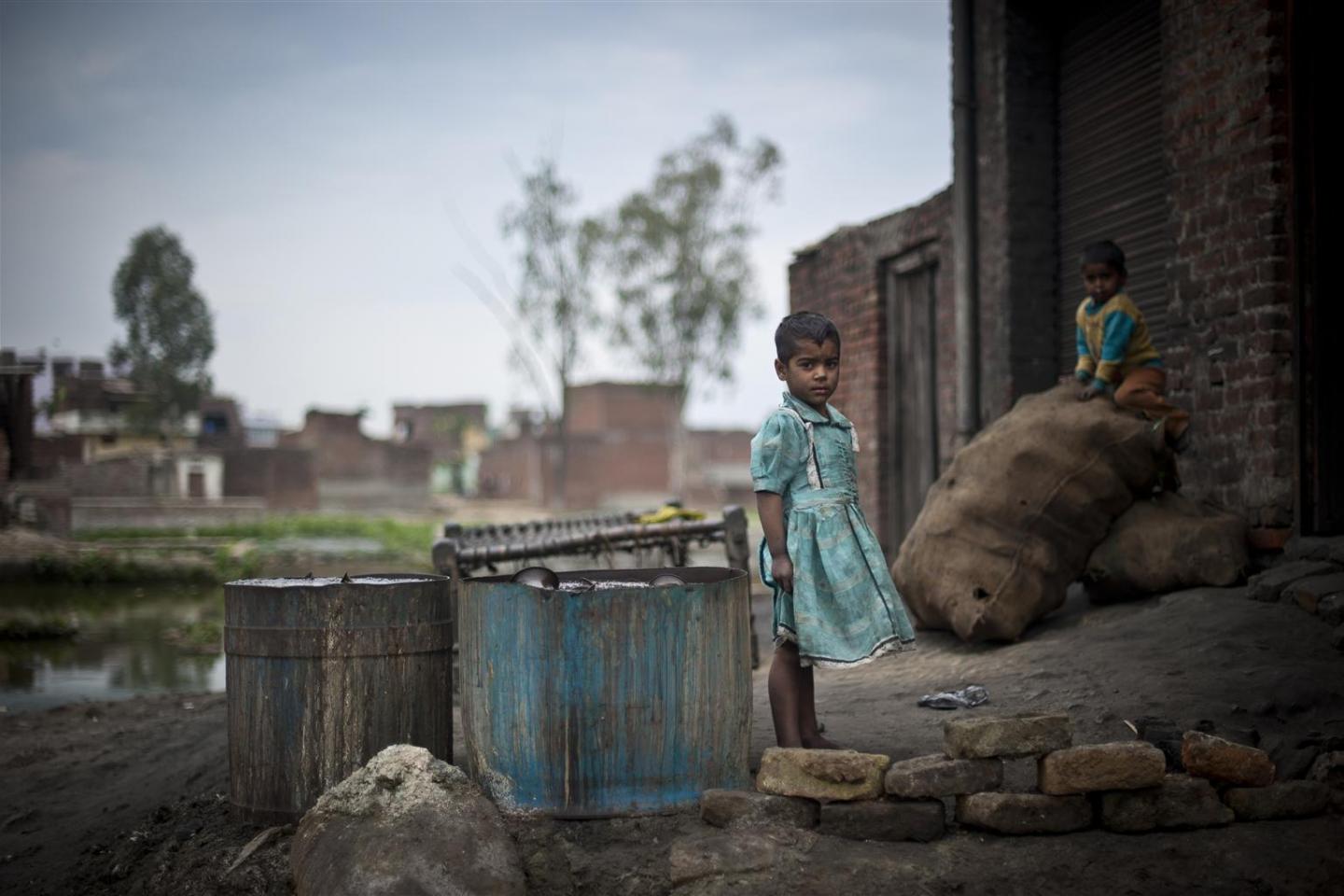Public expenditure for social protection plays a fundamental role in improving wellbeing and ensures equal rights within a society, UNICEF notes in a recent report. It argues that legislative reforms that focus on raising equality in the distribution of taxes and benefits across the population are key determinants for decreasing child poverty in low- and middle-income economies.
A new report titled “Strengthening the evidence on the correlation between fiscal equity and social outcomes for children” points out that equality and tax-benefit regulations are linked. The analysis, based on data from 101 countries between the years 1998 and 2017, clearly illustrates how the efficiency of social protection spending in decreasing extreme poverty (US$1.90 per day) and inequality is positively correlated with fiscal equity meaning that universal access to social services is key to achieving inclusive growth and equality.
Vulnerable members of society who cannot access social services are impacted disproportionately which leaves them behind in terms of social and economic growth. The report reveals that in non-EU countries, a 1% increase in the share of social protection spending addressed to people living in extreme poverty is associated with a 0.34% fall in the poverty headcount. This implies that further equitable distribution of social protection spending is vital to alleviate poverty and reduce inequality in low- and middle-income economies and consequently it is a fundamental element to the achievement of Sustainable Development Goal N1.

Case study – Mozambique
The report ran analyses on data from Mozambique, a low-income country, that reveal that the current tax-benefit system of the country decreases income inequality by a small extent, just 12%. Furthermore, according to the research, present tax-benefit policies implemented in Mozambique are unsuccessful as regards poverty reduction as these policies target only a small segment of the population. According to the report, the Coronavirus pandemic that challenged the country at a weak moment in its economic history will significantly impact the redistribution outcomes. Simulations show that the child poverty headcount for consumable income will grow by 1.2 percentage points.
Case study – Zambia
The report applied the same analyses to data from a lower-middle-income country – Zambia. Its social protection system appears to be less progressive compared to Mozambique. The current tax-benefit system of the country decreases income inequality by only 4%. In addition, the tax-benefit system in Zambia causes fiscal impoverishment as, for instance, the analyses show that the child poverty headcount grows from 70.1% at market income to 71.7% at consumable income. This is due to the fact that the country places a heavy burden on the poor segment of the population through indirect taxes. In relation to the impact of the pandemic, the country has faced the challenges brought about by COVID-19 in a period when its economy was weak. Simulations show that redistribution outcomes will be significantly impacted and the child poverty headcount is projected to grow by 1.9 percentage points.
Policy simulations
The authors further challenged the research models by testing two new transfers on top of the existing measures in Mozambique and Zambia, aiming to discover more effective means of redistribution:
- a means-tested allocation equivalent to the family poverty gap at the US$1.90 per day poverty line, and
- a non-means-tested allocation per child up to the age of 18.
Policy simulation demonstrates that both types of transfer would be successful in decreasing national and child poverty gaps in both countries. In both cases, the beneficiaries are vulnerable families and children under 18.
The report emphasizes the significance of testing the distributional effects of different theoretical improvements before implementing these particularly when economic resources are limited. Overall, the publication reveals a strong correlation between equity in social spending and improved wellbeing.

